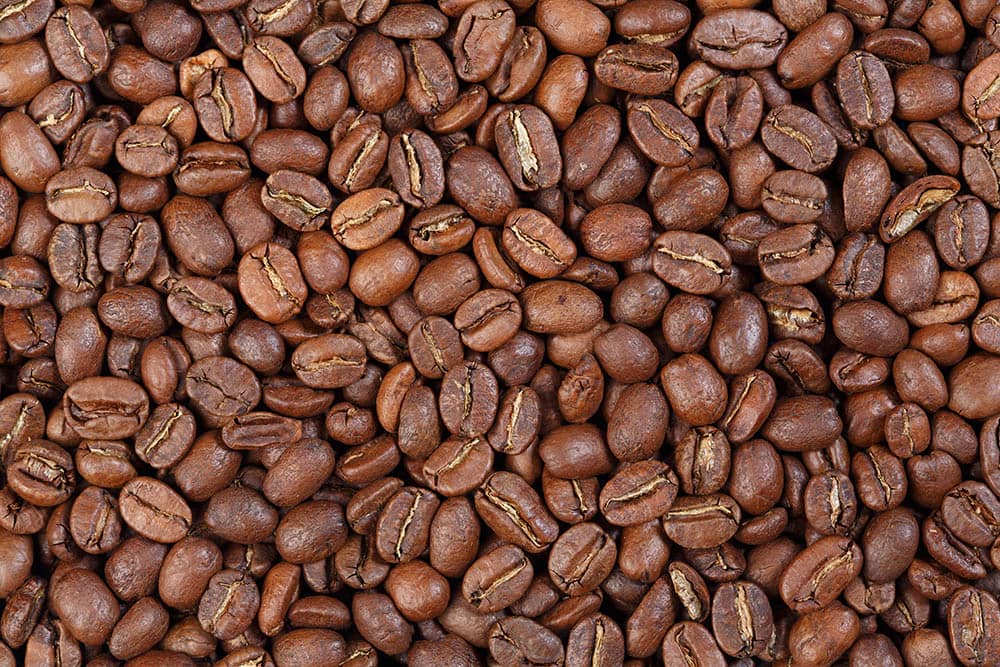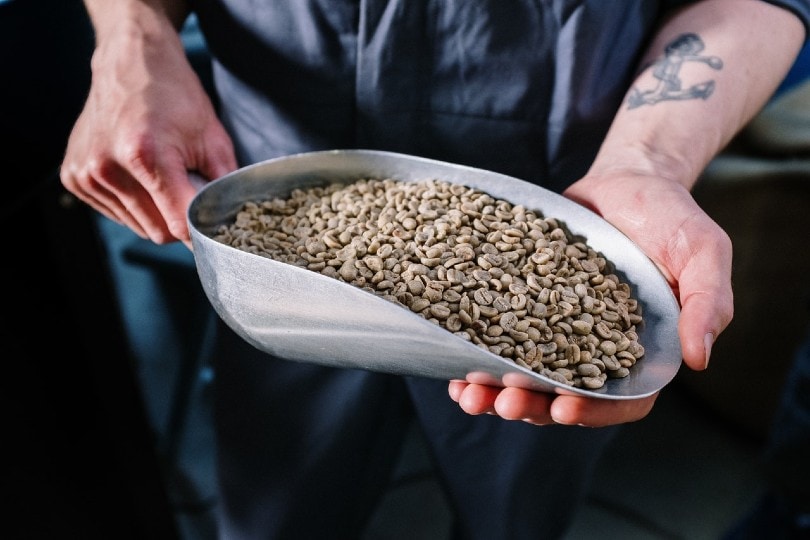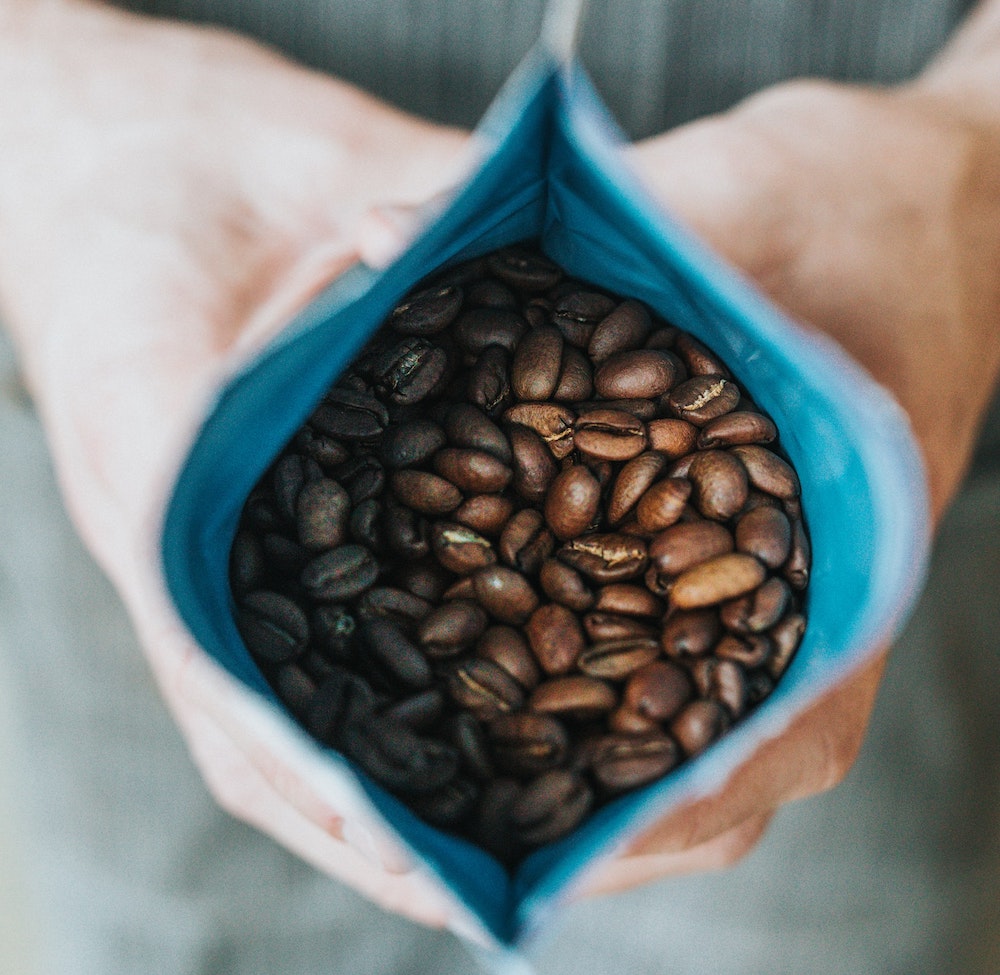
Colombian coffee is world-renowned for being high-quality and delicious, a reputation that comes from their farmers’ hard work and stringent regulatory guidelines. Part of the processing step for Colombian coffee involves sorting the beans by size. Different sizes get different designations, one of which is excelso.
In this guide, we’re going to explain what excelso means specifically and cover some related Colombian coffee terms. By the end of this article, you will have a better understanding of how Colombian coffee gets graded and labeled.

Excelso vs. Supremo Coffee Beans
One of the steps necessary to get green coffee beans ready for packaging and shipping is to separate them by size. Some people think that larger beans are of higher quality than smaller beans, but that isn’t universally the case. Other factors like growing environment, origin, and variety contribute to a bean’s size, meaning that size alone isn’t a reliable predictor of quality.
There is some truth to the notion that bigger is better because a larger bean may have absorbed more nutrients and flavors from the soil, giving it a more robust flavor; however, it isn’t the only determining factor.

So if large and small beans have the same quality, why separate them? The reason is roasting. Roasters take great pains to get even, uniformly roasted beans, agonizing over minute temperature differences and heating rates. Even small differences in bean size can make it impossible to get a consistent roast since small beans will roast more than larger beans.
To make roasters’ lives easier, farmers sort coffee beans by filtering them through filter screens. Unfortunately, the coffee industry has no universal standard, leaving different coffee agencies and origins to come up with their guidelines.
Colombia divides its coffee into two groups based on size: supremo and excelso. Supremo beans are those larger than screen size 17, and excelso beans are filtered between screen sizes 15 and 17. The numbers 15, 16, and 17 refer to the spacing in the filter screens in units of 1/64 inches.
Grading Differences Between Countries
We already mentioned that there isn’t any universally used coffee grading system, so knowing how coffee from different origins compares is important, especially for roasters.
African Sizing
African coffee beans are smaller on average, making it more difficult to distinguish between them using only supremo and excelso categories. Instead, African coffees are usually graded as follows.
- AA: Larger than screen size 18
- A: Screen sizes 17 and 18
- B: Screen sizes 15 and 16
- C: Screen size 14
Central American, Mexican, and Non-Colombian South American Sizes
Non-Colombian countries in Central and South America use six categories to classify beans, although the smallest three aren’t usually sold since they are too small and won’t roast well.
- Superior: Larger than screen size 16
- Segundas: Screen sizes 15 and 16
- Terceras: Screen size 14
- Caracol: Screen sizes 12 and 13
- Caracolli: Screen sizes 10 and 11
- Caracolillo: Screen sizes 8 and 9
Screen sizes 13 and below are often shells and fragments of beans, making them unsuitable for roasting.

A Better Indicator of Quality
If a coffee bean’s size isn’t a reliable indicator of its quality, what is? The answer is, unsatisfyingly, it depends. However, a coffee bean’s density is a good estimator of its quality and one that is often used at coffee auctions. The logic from before — that larger beans drew more nutrients and flavor from the soil — is much more applicable to bean density than it is to bean size. Denser beans are typically more flavorful and higher-quality than less dense beans.
If you’re purchasing coffee from the supermarket or a local café, bean density won’t help you choose high-quality beans, but it’s an important factor to consider if you’re a roaster shopping for green beans.

Conclusion
Coffee grading is a surprisingly muddy field, one that could benefit from standardization. Each country is left to its own devices, resulting in a confusing web of mixed terminology and difficult comparison.
If you’re buying Colombian coffee, your two choices are supremo and excelso. Supremo beans are larger than excelso beans, but that doesn’t say much about the beans’ quality without more information. Coffee enthusiasts purchasing roasted coffee don’t need to pay much attention to bean size classifications, but if you’re a roaster, they’re important to know as bean size will have a significant impact on roasting parameters.
Featured Image Credit: YamabikaY, Shutterstock















